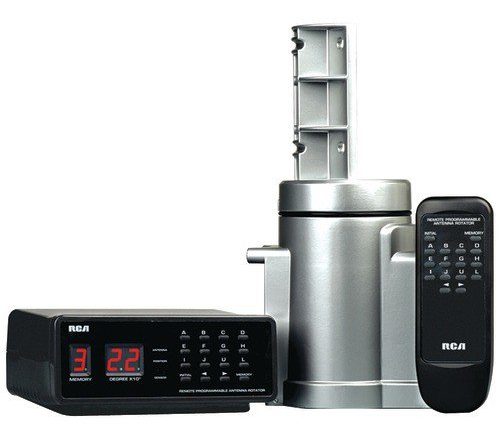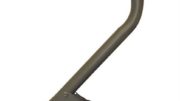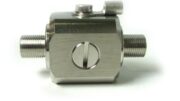Let’s say you live halfway between Chicago and Milwaukee. With a little bit of aiming, you can get TV reception from either city. You like following the teams from both, and sometimes you like watching the news from the different cities. But, wherever you put up that antenna, you find yourself having to get up on the roof to re-aim it when you want to look at a different city.
“Get a rotor,” says a friend of yours who knows about antennas.
“You need a rotator,” according to posts all over the internet (including this blog.)
So which should you get? What will give you the best value?
Here’s the secret
“Rotor” and “rotator” are just different words for the same thing. Technically, “rotator” is the most accurate word to use, but since the active part of the rotator, the part that moves it, is called the rotor, people sometimes use that word. So whether you call it a rotator or a rotor, it’s the same thing. And it’s just one of three possible options for you. Let’s take a look at all of them.
Rotators (or rotors)
A rotator is the thing at the top of this article. It’s a base that your antenna goes into, then a wire runs down to a control box inside your house. You press a button on the remote, and the antenna moves. Generally you can set presets so that with one button, the antenna will go where you need it to go.
Rotators are the OGs of the antenna aiming world. I remember my dad had one many, many years ago. However, like a lot of things, “they don’t make ’em like they used to.” You can still get a rotator, in fact we sell them at Solid Signal. They’re reasonably priced and they are fairly heavy-duty products. But, unlike things made in years past, they don’t hold up forever. If you use that rotator daily, it probably won’t last more than 3-5 years before the motor gives out. It’s sitting up there in the cold (and hot) weather, and sooner or later the plastic parts inside just give up. No one makes a truly high-quality rotator anymore, because there just aren’t enough people willing to pay $1,000 or more for them.
Omnidirectional antennas
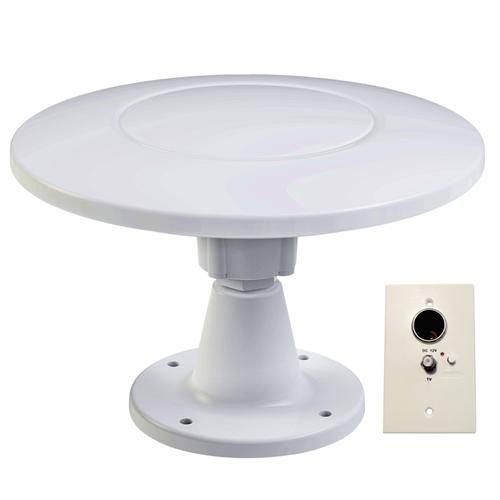
Another option is an antenna that doesn’t need aiming. There are omnidirectional antennas that pick up signals from all directions at once. They’re not a new idea, but they’ve become popular in recent years thanks to low-noise amplifiers that give them better range.
We sell omni antennas at Solid Signal, too. We carry all the best brands and offer the best prices. Often times people find an omni antenna is all they need. But of course, there’s no one-size-fits-all solution, so I should tell you a little more.
Generally, omni antennas will not get the same reception as a similar-priced regular antenna. Since they need to look at 360 degrees at once, they don’t focus their receiving power in one direction. That means if you’re too far from the cities you want to receive TV from, you might not get the reception you want.
Combining antennas
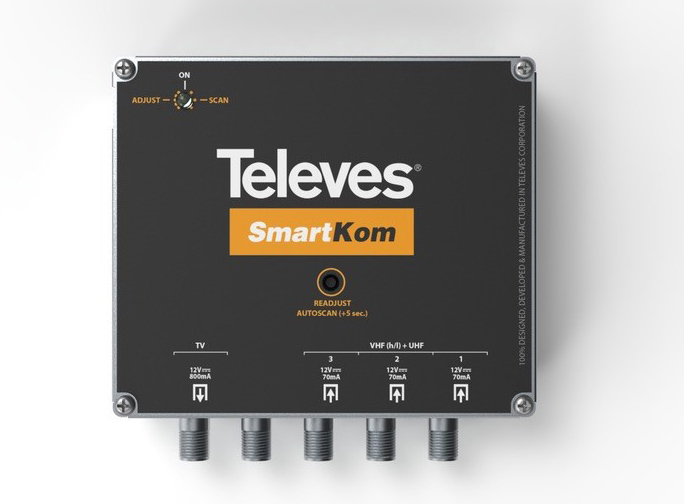
Another simple solution is to simply have two antennas. Connect them both to a smart amplifier like this Televes SmartKom and it will pick the strong signals from each antenna and disregard the weak ones. You can even use an app to specifically choose which channels to receive from which antenna.
This is really the best solution because you’ll get fantastic reception wherever you aim those antennas. Plus, you’ll get a best-in-class amplifier to make sure that you’re getting every bit of signal possible.
The downside here is cost. You’re talking about buying multiple antennas as well as the amplifier. If you’re in it for the long haul, that cost isn’t a problem. But, if you’re thinking of moving in a few years, it may be more than you choose to spend.
Confused? Get the advice you need
Solid Signal has real antenna technicians available for consultation. Call us toll free at 888-233-7563 during East Coast business hours. You’ll get a real pro on the line, not just a call center employee. Ask them the questions you want and get the answers for free! They’ll even recommend the right antenna for you. Call, or if it’s after hours, fill out the form below. We’ll get right back to you!

